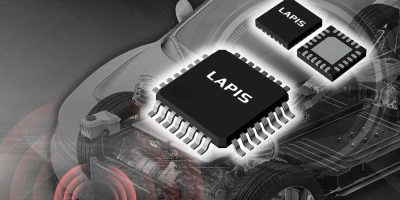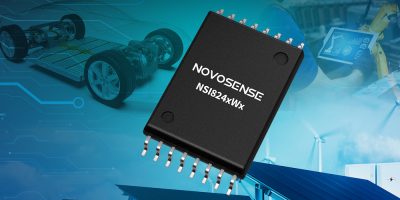With the new EnOcean PTM 216B module, customers can now address even more applications thanks to the use of the latest generation kinetic harvester ECO 260. The combination of the new harvester with the latest generation system design, allows for more than double the radio transmission power compared to its highly successful predecessor, the PTM 215B. This significantly increases the usable communication distance. This enhancement enables control of high-bay lighting, expanding the application areas to include warehouses and architectural projects with high ceilings. PTM 216B brings great flexibility in terms of installation locations and repositioning capabilities. In modern offices with adaptable layouts and flexible walls, the elimination of wiring significantly streamlines the installation process.
EnOcean devices such as PTM 216B can be quickly configured using Near Field Communication (NFC) technology. NFC is a short-range wireless technology that enables communication between devices in close proximity, typically within a few centimetres. It allows two devices equipped with NFC capabilities to establish a connection by bringing them close together, triggering the exchange of data. A common use is for making contactless payments.
The integration of EnOcean devices into networks via NFC provides a simple, quick and reliable way of setting up lighting installations.
Energy-harvesting switches based on the PTM 216B and other EnOcean switch modules are available in a wide range of designs from multiple switch manufacturers around the world, all of which blend well into any environment. The unique combination of these features makes PTM 216B an ideal for lighting control and building automation use cases. Official switch OEM partners make use of the “Battery-free by EnOcean” brand to make sure it contains genuine technology from EnOcean for real maintenance-free operation in the field.
This new module will be featured at the EnOcean booth at Light + Building in Frankfurt from March 3-8, 2024. At the show, EnOcean will focus on sustainable IoT for green and healthy buildings. New energy harvesting products as well as IoT solutions and smart servers that help analyse the collected data and make informed decisions to optimise building performance will be at the heart of the EnOcean show presence.







